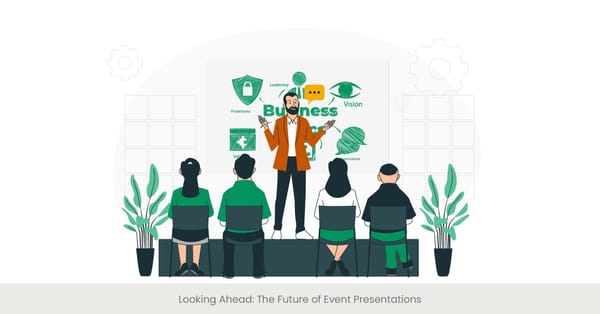
Innovative Audio Visual Concepts for Events
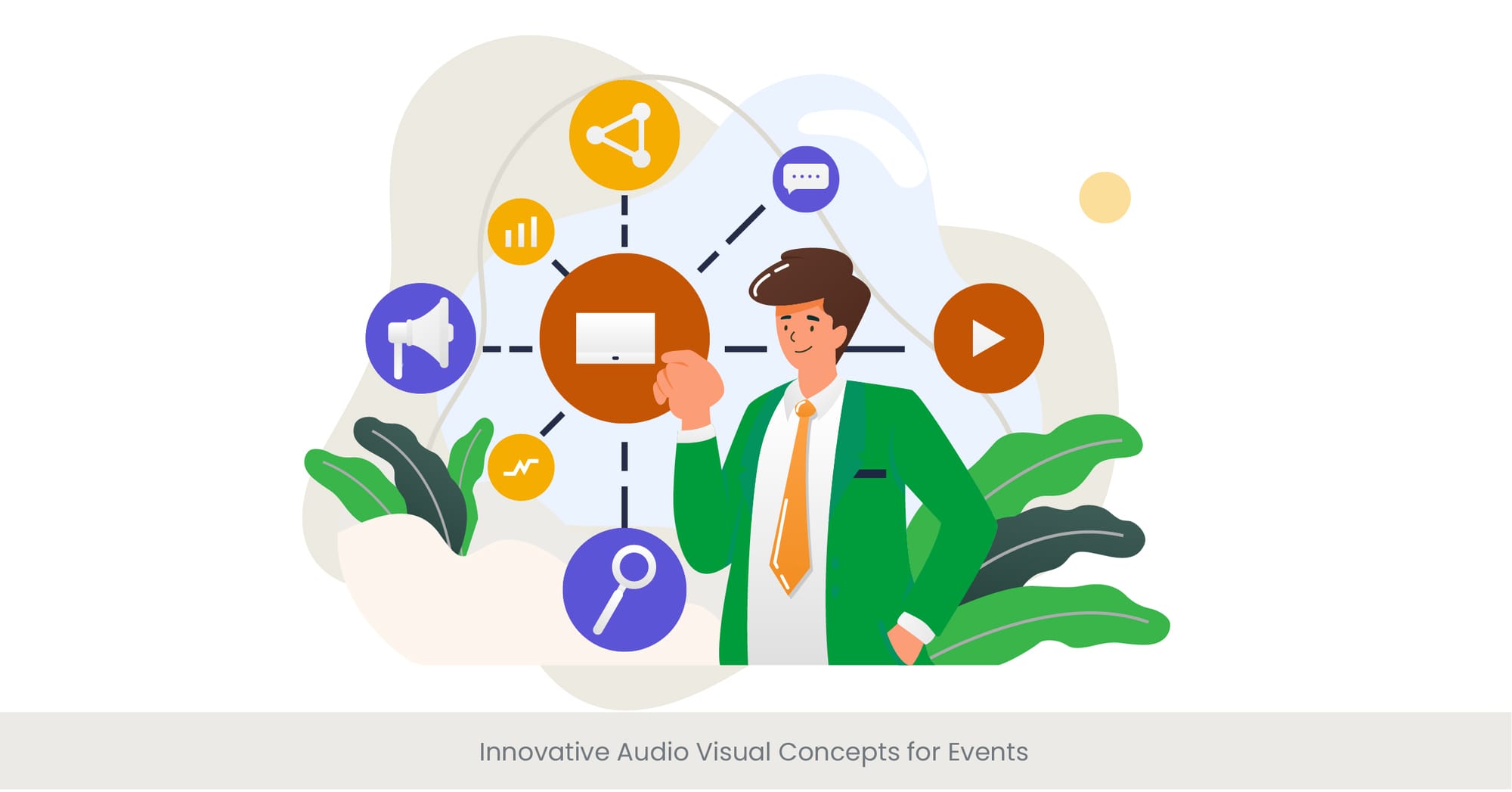
Engaging the Future: Pioneering AV Solutions for Memorable Events
In the realm of event planning, the integration of innovative audio visual (AV) concepts stands as a pivotal element in crafting unique and unforgettable experiences. As we delve into the fabric of modern events, the emphasis on corporate concepts has never been more pronounced. These specialized techniques are not merely about enhancing the aesthetics; they are about transforming spaces into immersive environments that captivate and engage audiences on multiple levels.
The background of AV in events is rich with evolution, transitioning from basic sound and lighting to complex, multi-sensory experiences. Today's audio visual industry is characterized by rapid technological advancements, enabling event planners to create more engaging and interactive environments. From dynamic lighting and stage designs to crystal-clear audio systems, the tools at our disposal are more sophisticated and adaptable than ever before.
Real-world examples of these innovations are abundant and varied. Take, for example, the use of immersive audio visuals in corporate events, where 3D soundscapes and interactive video conferencing technologies not only enhance communication but also foster a sense of presence among remote participants. Similarly, creative AV concepts like projection mapping have transformed ordinary spaces into extraordinary storytelling canvases, offering audiences a visual and auditory feast that transcends traditional event experiences.
Supporting these observations, a study by the Event Management Association highlights the increasing reliance on specialized AV solutions, additionally noting a significant rise in demand for high-quality audio and visual equipment. This trend is further evidenced by the proliferation of audiovisual services dedicated to pushing the boundaries of what's possible in event design, underscoring the critical role of quality AV innovation in the success of modern events.
Ready to transform your presentations? Contact us!
Creating Immersive Environments with Creative Corporate AV
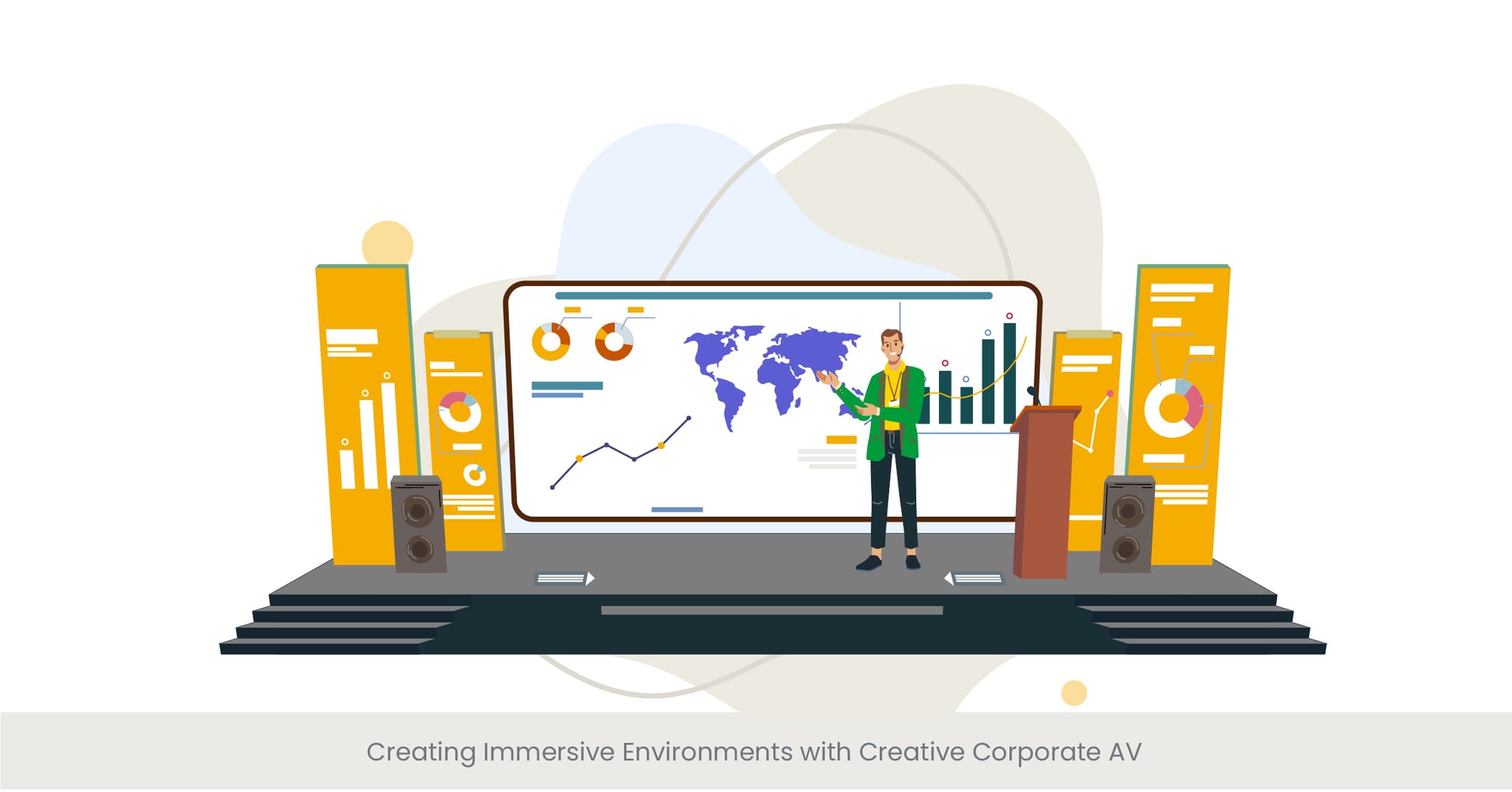
Beyond Sight and Sound: Crafting Worlds with Creative AV
The power of creative audio visual (AV) concepts to create immersive environments for events cannot be overstated. By leveraging the synergy between audio and visual elements, event planners have the unique opportunity to transport their audiences to entirely new worlds. This immersive approach goes beyond traditional event setups, offering a sensory journey that can evoke emotions, convey messages, and create lasting impressions.
Historically, the use of AV in creating immersive environments has roots in theater and cinema, where lighting, sound, and visuals have long been used to enhance storytelling. Today, this concept has evolved, with the advent of virtual reality (VR) and augmented reality (AR) technologies, allowing for even more engaging experiences. The development of these technologies has opened up new avenues for creativity, enabling event planners to craft environments that were once the realm of imagination.
Case studies from industry-leading events showcase the transformative impact of creative AV. For instance, concerts that employ 360-degree audio and complex lighting systems offer attendees an all-encompassing experience, making them feel as if they are part of the performance. Similarly, business conferences utilizing video conferencing and specialized content production techniques can bridge the gap between virtual and physical attendees, creating a unified experience that enhances communication and engagement.
Research from the Audiovisual and Integrated Experience Association (AVIXA) underscores the effectiveness of immersive environments, revealing that events utilizing creative AV concepts see higher engagement levels and attendee satisfaction. This data underscores the importance of integrating audio and visual elements in a harmonious manner to craft truly immersive experiences that resonate with audiences.
Specialized Content Production Techniques
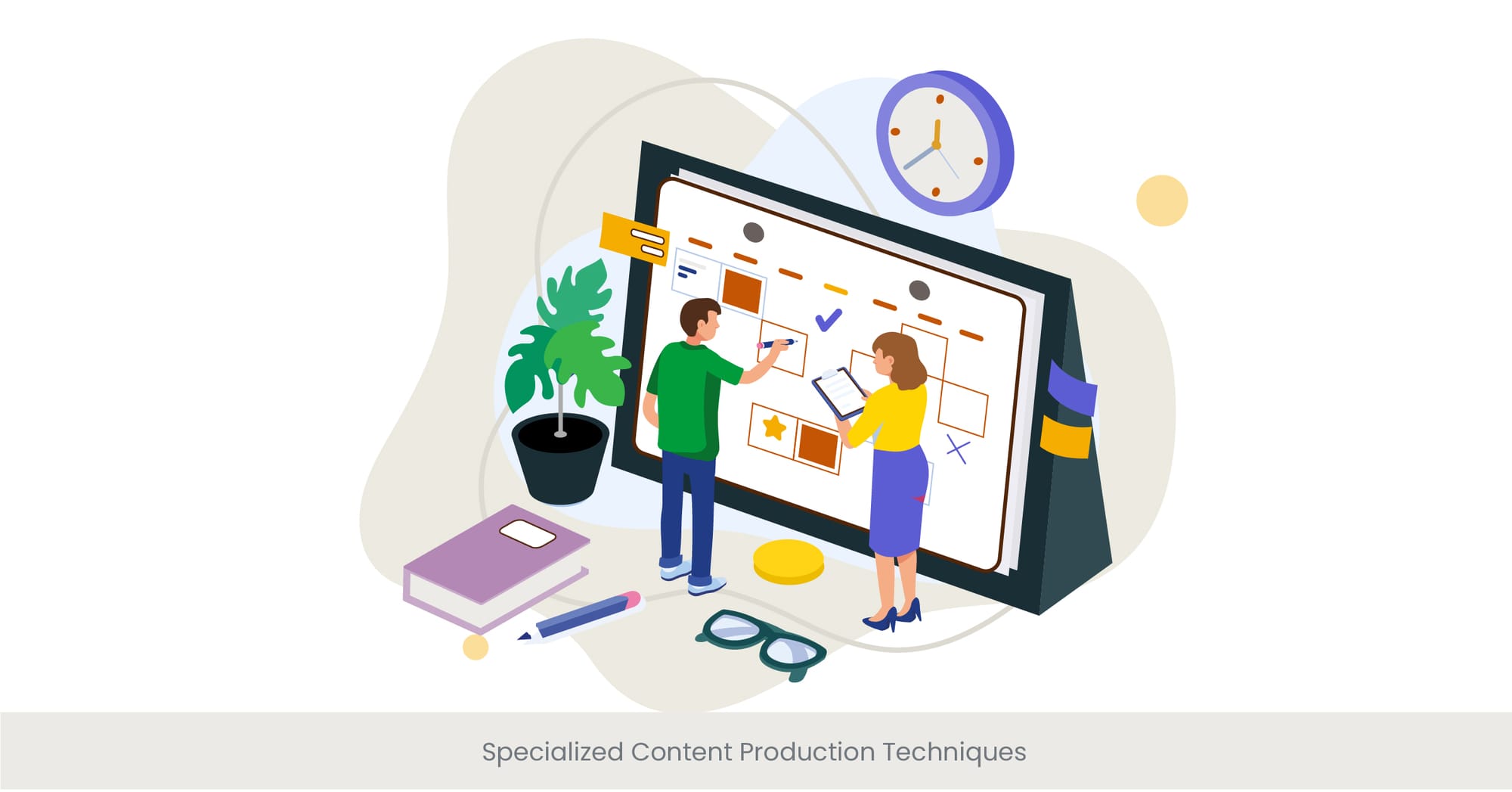
Crafting Unforgettable Narratives: The Art of Specialized Content Production
In the quest for creating unique event experiences, specialized content production techniques emerge as a cornerstone, enabling the crafting of compelling narratives and engaging presentations. This nuanced approach goes beyond conventional content creation, employing innovative methods to captivate audiences and leave a lasting impression. Through specialized content production, event organizers can weave intricate stories, present information in novel ways, and create a cohesive theme that resonates through every aspect of the event.
The genesis of specialized content production can be traced back to the early days of broadcast media, where the need for captivating content first became apparent. However, in the context of modern events, this concept has evolved dramatically, driven by advancements in technology and changes in audience expectations. Today, content production encompasses a wide array of techniques, from immersive video storytelling and interactive presentations to augmented reality experiences and virtual environments. These techniques are designed to engage audiences on a deeper level, ensuring that the message of the event is not only heard but felt.
Illustrating the power of specialized content production, consider the use of augmented reality (AR) in educational workshops or the incorporation of interactive elements in corporate presentations. These approaches transform passive viewing into an interactive experience, fostering a deeper connection with the content. Another example is the use of narrative-driven video content in product launches, which can create an emotional bond between the audience and the product, thereby enhancing the impact of the event.
Supporting the significance of these techniques, a report by the Digital Event Institute highlights that events incorporating specialized content production see a marked increase in audience engagement and information retention. This trend is echoed by data indicating a growing demand for creative and technical services that can deliver such content, reflecting the critical role of specialized content production in achieving the goals of modern events.
Integrating Technology for Enhanced Experiences
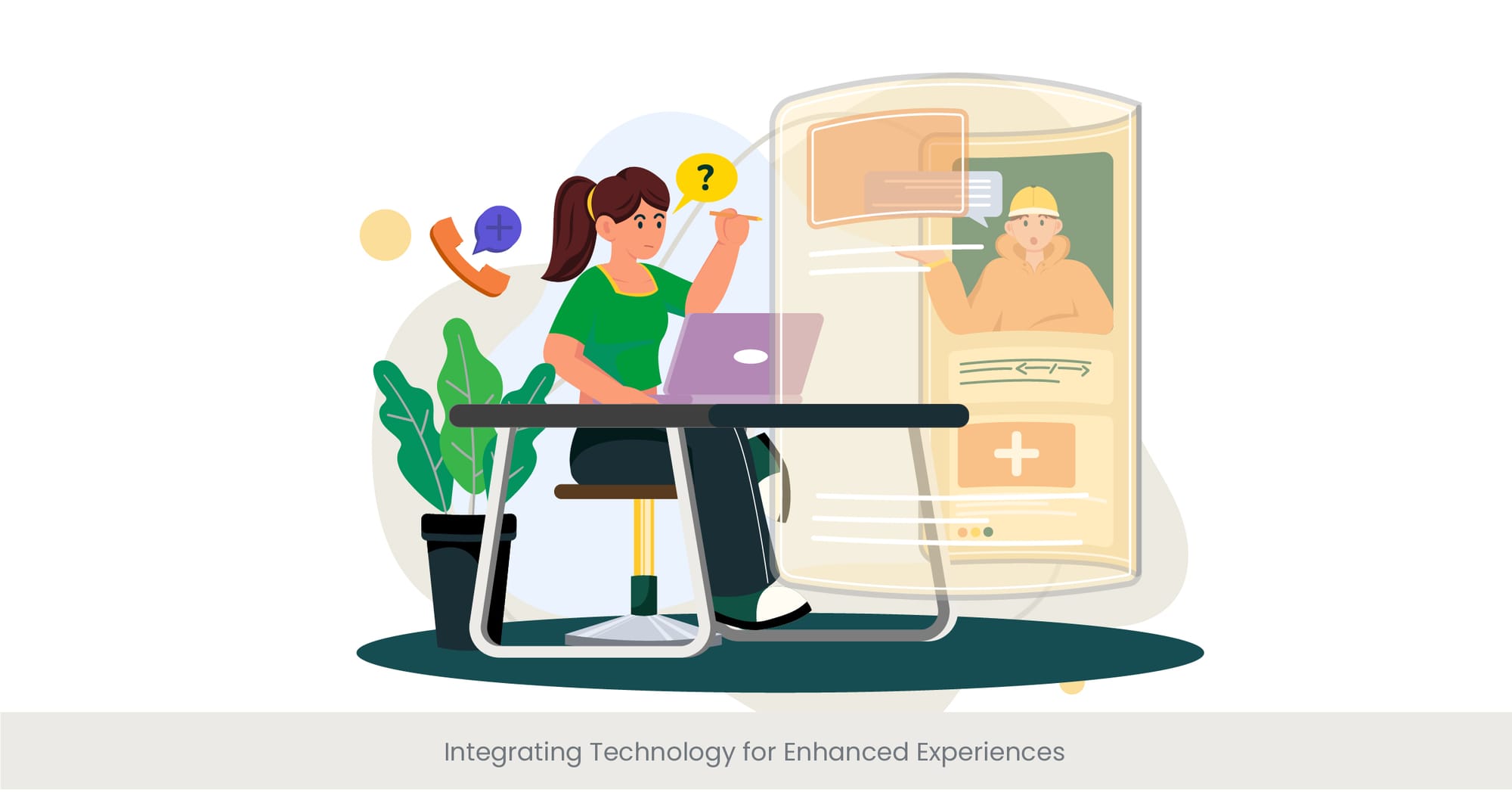
Revolutionizing Events: The Integration of Cutting-edge Technology
The integration of technology into event planning and execution represents a pivotal shift towards creating more engaging, interactive, and memorable experiences. This strategic incorporation of digital innovations extends far beyond mere novelty; it fundamentally enhances the way events are conceived, delivered, and experienced. From augmented reality (AR) showcases to live video conferencing feeds, technology serves as the backbone for dynamic and personalized event experiences.
The journey of technology integration into events has its roots in the early adoption of audiovisual equipment to amplify sound and visuals. However, the scope has exponentially broadened to include immersive audio visuals, virtual reality (VR) experiences, and interactive participation platforms. These technological advancements offer a canvas for creativity, allowing event organizers to craft experiences that are not only engaging but also deeply resonant with their audiences.
Real-world applications of technology in events are both diverse and transformative. For instance, corporate conferences have leveraged video conferencing technology to connect speakers and attendees across the globe, breaking down geographical barriers and expanding reach. Meanwhile, immersive audiovisual installations have turned ordinary venues into extraordinary landscapes, engaging attendees' senses and emotions in a profound way. These technologies, when thoughtfully integrated, can elevate the event experience, making it more inclusive, interactive, and impactful.
The efficacy of technology integration in enhancing event experiences is supported by research and industry insights. A study by the Event Technology Association reveals that events utilizing interactive technology report higher attendee satisfaction and engagement levels. Furthermore, the demand for specialized technology solutions within the event planning industry underscores the growing recognition of its value in creating successful, memorable events.
The Power of Soundscapes in Event Design
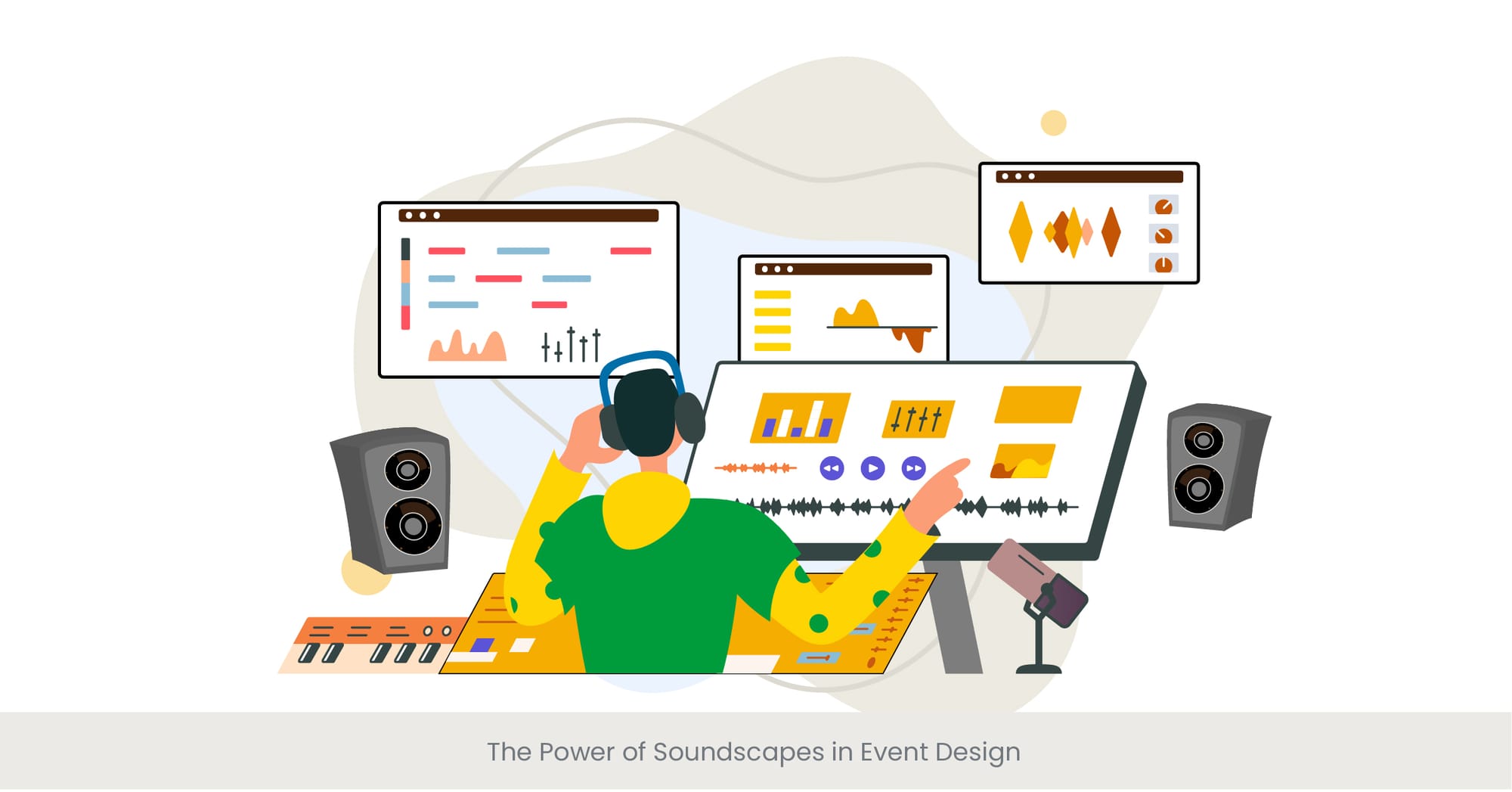
Enveloping Audiences in Sound: The Transformative Power of Soundscapes
The strategic use of soundscapes in event design represents a profound understanding of audio's ability to influence mood, perception, and engagement. Soundscapes, or the artful arrangement of sounds to create an immersive auditory environment, serve not just as background noise but as a central component of the event experience. This approach leverages the power of sound to transport attendees to different places or emotional states, thereby enhancing the overall impact of the event.
Tracing its origins to environmental and experimental music, the concept of soundscapes has evolved into a key element of event design. Modern technology allows for the creation of intricate audio environments that can mimic natural settings, urban atmospheres, or entirely fantastical worlds. These soundscapes can be tailored to fit the theme of an event, reinforcing the narrative and deepening the audience's connection to the experience.
Examples of effective soundscapes in events are varied and imaginative. From the gentle murmur of a forest at a nature conservation fundraiser to the bustling sounds of a cityscape at an urban-themed conference, soundscapes can significantly enhance the thematic depth of an event. Additionally, the use of spatial audio technology in concerts or performances creates a 360-degree sound environment, enveloping the audience in a rich layer of audio that enhances the sense of presence and immersion.
The significance of soundscapes in event design is further highlighted by industry research. Studies have shown that events incorporating well-designed soundscapes see an increase in attendee engagement and satisfaction. This is supported by feedback from event professionals, who note the added dimension and emotional impact that soundscapes bring to their events. The strategic use of audio, therefore, is not merely an enhancement but a crucial component of creating memorable and impactful event experiences.
Visual Storytelling Through Projection Mapping
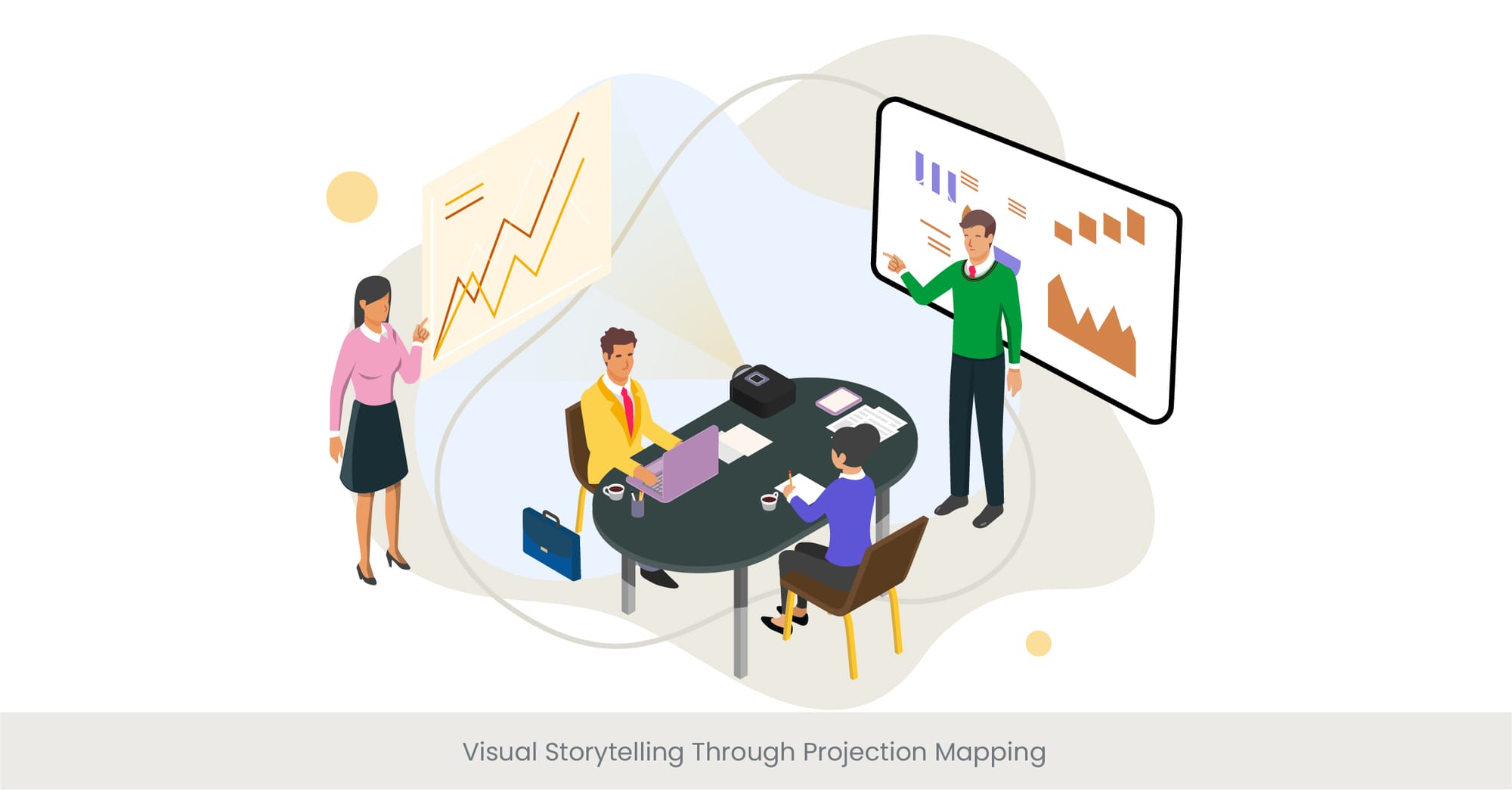
Illuminating Imagination: The Magic of Projection Mapping
Projection mapping has emerged as a groundbreaking tool in the realm of visual storytelling, offering a dynamic canvas to transform ordinary spaces into extraordinary spectacles. This innovative technology allows event designers to project images onto irregular shapes and surfaces, turning buildings, stages, and even entire landscapes into vibrant narratives. The essence of projection mapping lies in its ability to merge the real with the surreal, creating immersive environments that captivate and engage audiences in unparalleled ways.
The evolution of projection mapping is a testament to the rapid advancements in digital imaging and projection technology. Initially used in theater productions, movies and small-scale installations, it has now become a staple of stage and in major events, from music festivals to corporate showcases. The key to its success is its versatility and the ability to create a sense of wonder and illusion, making it a powerful tool for storytelling.
Real-world applications of projection mapping are as diverse as they are impressive. Consider the transformation of a historic building’s facade into a canvas for telling its centuries-old story during a cultural festival, or a product launch where the item is revealed through a series of captivating, animated projections. These instances highlight how projection mapping can be used to not only enhance the visual appeal of an event but also to convey messages in a memorable and impactful way.
Supporting the effectiveness of projection mapping in event design, a survey conducted by the International Event Association reveals that events incorporating this technology report a significant increase in attendee engagement and media coverage. This is corroborated by case studies demonstrating how projection mapping has been used to achieve viral status for events, amplifying their reach and impact beyond the physical venue. The fusion of art and technology through projection mapping thus represents a powerful avenue for creating unique and unforgettable event experiences.
Engaging Senses Beyond Sight and Sound
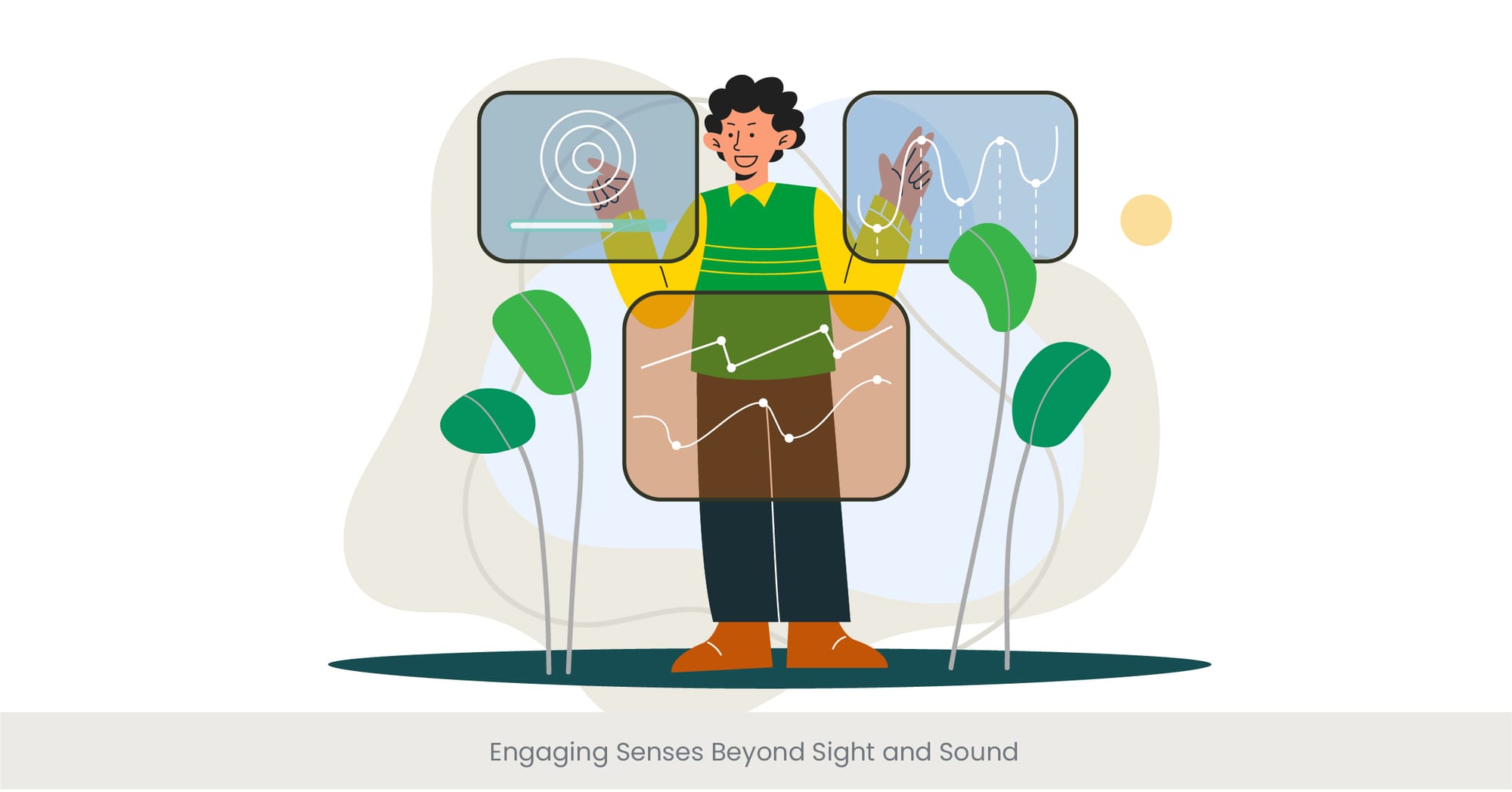
A Multisensory Journey: Beyond the Visual and Auditory
In the quest to create truly immersive event experiences, engaging senses beyond sight and sound becomes a pivotal strategy. This holistic approach to event design recognizes that memorable experiences are crafted when multiple senses are stimulated, creating deeper emotional connections and more lasting impressions. From the tactile sensation of unique materials to the evocative aromas that fill a space, integrating these often-overlooked senses can elevate an event from simply being seen and heard to being truly felt.
The concept of multisensory engagement in events draws inspiration from various fields, including psychology and marketing, where the impact of multisensory experiences on memory and emotion has been well documented. By applying these principles to event design, planners can create environments that are not only visually stunning and audibly engaging but also resonate on a more personal and intimate level with attendees.
Examples of multisensory engagement in action include the use of scent diffusers to create a thematic aroma that complements the visual theme of an event, such as the smell of pine trees at a winter holiday market. Similarly, incorporating interactive elements like tactile art installations or food and drink tastings can stimulate the senses of touch and taste, respectively, enhancing the overall event atmosphere and attendee satisfaction.
Research supports the efficacy of multisensory engagement in events. Studies have shown that events which engage multiple senses are more likely to be remembered and have a positive impact on attendees' perception of the brand or message being presented. This is further evidenced by the growing trend among event planners to incorporate elements like immersive audiovisuals, specialized content production, and sensory activations as standard components of their event design strategy.
Virtual event presentation design is essential for creating immersive experiences in digital spaces. A well-designed virtual presentation blends visual appeal, interactivity, and ease of navigation, ensuring attendees stay engaged throughout. Incorporating features like live chats, polls, and multimedia makes virtual events feel personal and interactive, boosting engagement.
Need inspiration? Explore our case studies.
View Case Studies
Customizing Experiences for Niche Audiences
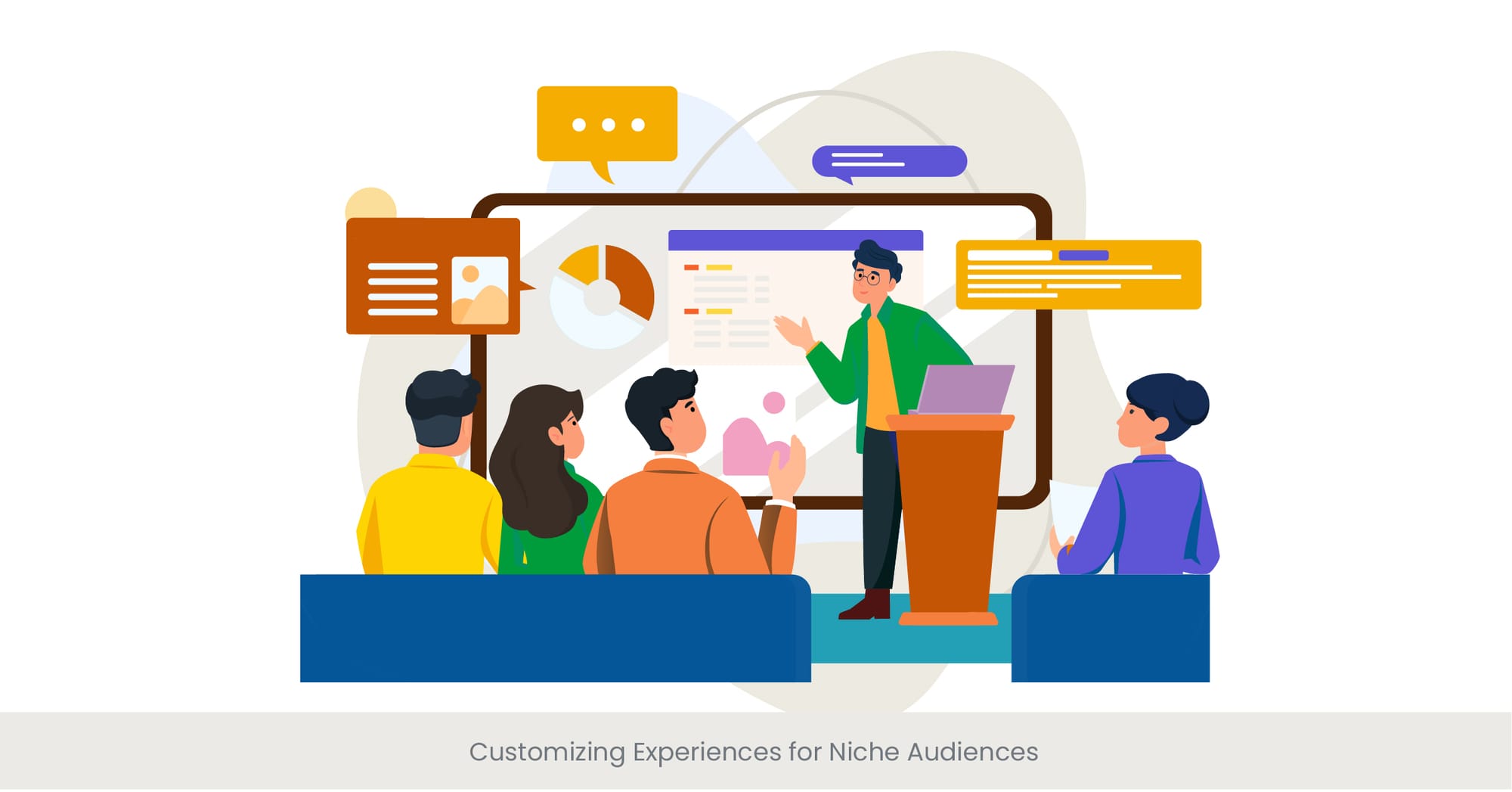
Tailoring Perfection: Crafting Events for Every Audience
In the landscape of modern event planning, the ability to customize experiences for niche audiences represents a significant shift towards inclusivity and personalization. Gone are the days of one-size-fits-all event strategies; today, the focus is on understanding the unique preferences, interests, and values of different audience segments and tailoring the event experience to match. This bespoke approach not only enhances attendee satisfaction but also fosters a deeper connection between the event's content and its participants.
The foundation of customizing experiences lies in meticulous audience research and segmentation. By identifying the specific characteristics, needs, and expectations of their target audience, event planners can design experiences that resonate on a personal level. This could involve adapting the event theme, content, and activities to suit the interests of a particular demographic, or leveraging technology to offer personalized pathways through the event.
Real-world examples of customized event experiences abound. For instance, a tech conference might offer different tracks tailored to developers, designers, and executives, or businesses, each with its own specialized content and networking opportunities. Similarly, a music festival could provide diverse stages or zones that cater to various musical tastes and cultural interests, ensuring there's something for everyone.
The impact of these customized experiences on event success is profound. Research indicates that personalized events see higher levels of engagement, repeat attendance, and positive word-of-mouth. This is supported by feedback from attendees, who often cite tailored experiences as a key factor in their overall satisfaction. Such data underscores the importance of customization in creating meaningful and memorable events that truly speak to their audiences.
Community outreach presentations are designed to engage local audiences and strengthen relationships with the community. These presentations should resonate with values and focus on meaningful contributions. By integrating local stories, visual storytelling, and relevant themes, community outreach presentations foster a deeper connection and encourage action.
Have questions? Our team is ready to help.
Overcoming Challenges in Creative Concept Development
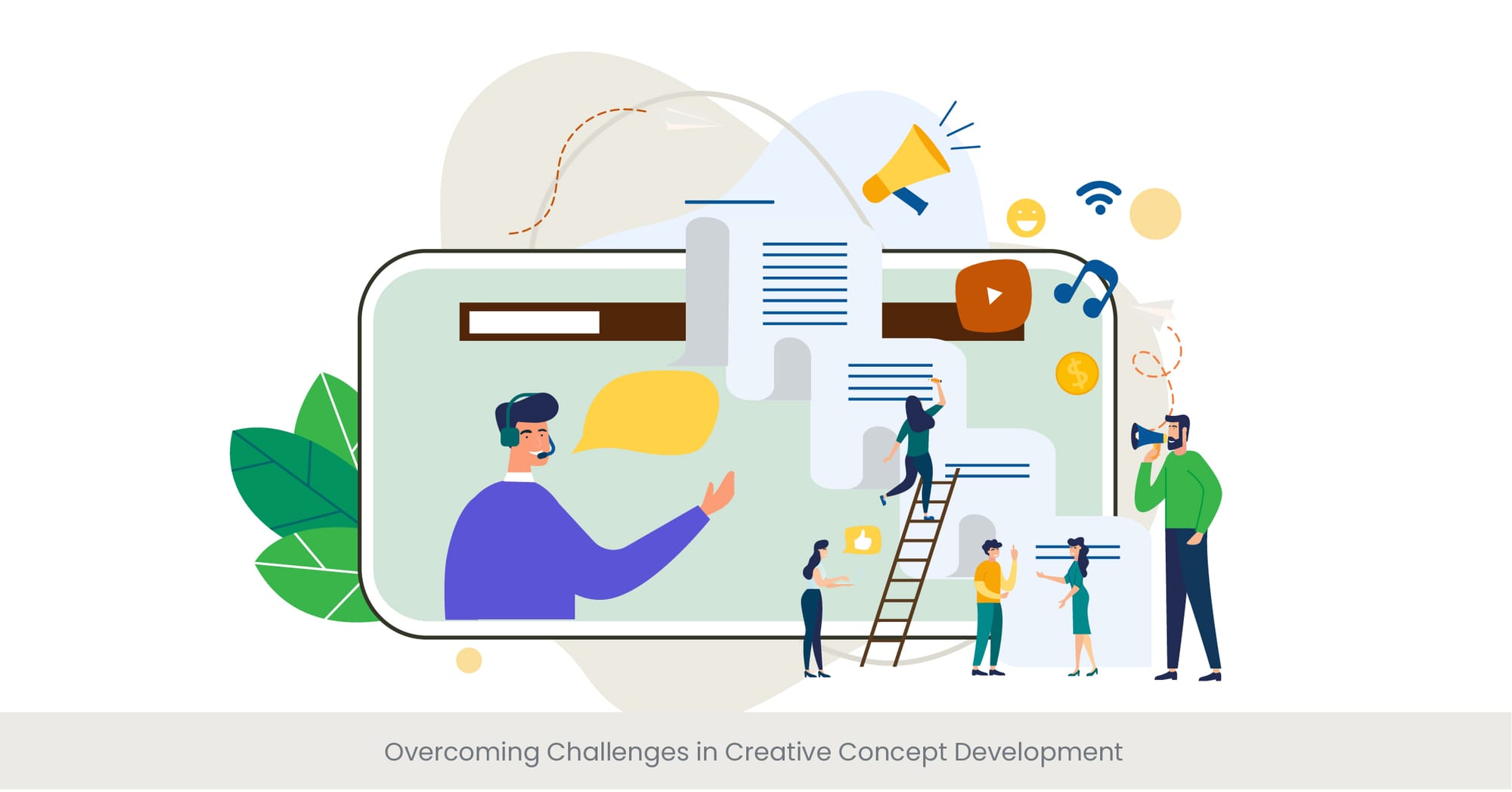
Navigating the Creative Maze: Solutions for Conceptual Challenges
The journey of developing creative concepts for events is fraught with challenges, from initial ideation to final execution. These obstacles can range from budgetary constraints and technical limitations to stakeholder expectations and logistical hurdles. However, overcoming these challenges is essential to bring innovative and impactful event experiences to life. This section explores strategies for navigating the creative maze, ensuring that the vision for an event is not only preserved but also enhanced.
Understanding the common pitfalls in creative concept development is the first step towards overcoming them. These can include a lack of clear objectives, insufficient collaboration among team members, or an underestimation of the resources required. By acknowledging these issues early in the planning process, event planners can implement proactive measures, such as setting realistic goals for team itself, fostering open communication among team itself, and allocating resources more effectively.
Real-world examples demonstrate how creative challenges can be transformed into opportunities. Consider an event where technical limitations prevented the use of large-scale projection mapping. The solution involved utilizing smaller, strategically placed projections combined with immersive audiovisuals to create a similarly captivating experience. Another example is an event facing budgetary constraints, which led to the innovative use of everyday materials to construct unique and engaging installations, proving that creativity can thrive even under financial limitations.
Research and case studies from the event industry highlight the importance of flexibility, collaboration, and innovation in overcoming creative challenges. A report by the Global Event Planners Association found that events that successfully navigated conceptual challenges often employed a mix of technology, creative problem-solving, and stakeholder engagement to achieve their goals. These findings emphasize that with the right approach, obstacles can lead to even more creative and memorable event experiences.
Company milestone event decks play a vital role in celebrating key achievements and fostering a sense of pride among stakeholders. These decks should creatively highlight growth, accomplishments, and future goals, while using data visualization to tell a compelling story. Custom designs ensure these presentations reflect the brand’s identity.
Get expert tips in our latest blogs!
Examples of Unique Event Experiences
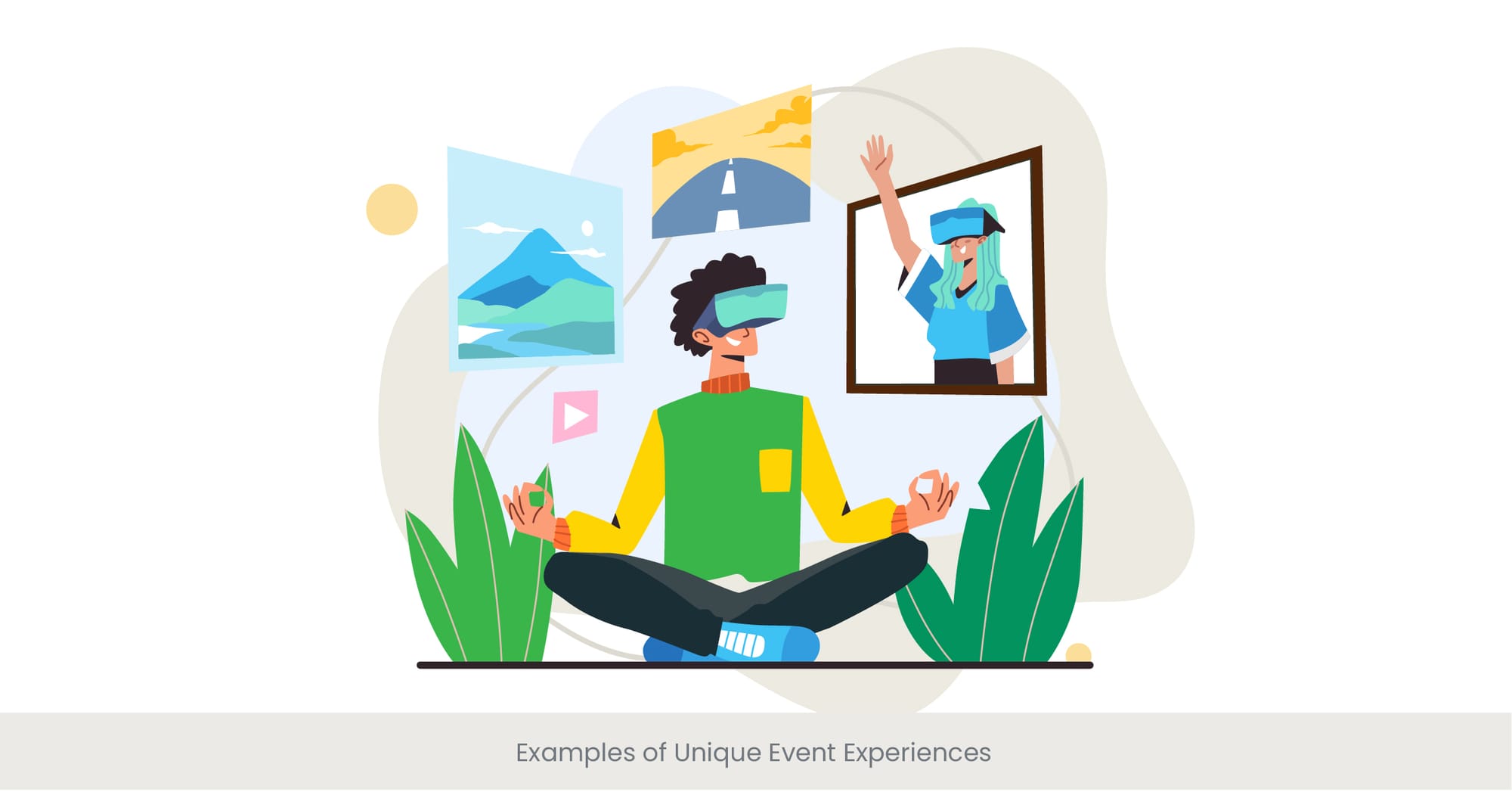
Showcasing Innovation: A Tour Through Unique Event Landscapes
In the evolving world of event planning, the push for uniqueness has led to the creation of truly innovative and memorable experiences. These examples not only serve as a testament to the creativity of event professionals but also as inspiration for future endeavors. From immersive environments that transport attendees to another world to interactive installations that challenge perceptions, the possibilities are limitless. This section highlights some of the most remarkable event experiences from around the globe, showcasing the power of imagination and strategic planning.
One standout example is an immersive art exhibition that utilized augmented reality (AR) to blend digital artwork with physical spaces, allowing attendees to interact with art in a completely new way. This event exemplified how technology can enhance the traditional art viewing experience, creating a dynamic environment that engaged both sight and sound.
Another notable event was a corporate conference that broke the mold by incorporating escape room challenges as a means of team-building, education and problem-solving. This creative concept not only facilitated collaboration, education and communication among participants but also provided a unique and memorable experience that stood out from typical corporate events.
The use of sensory gardens at a wellness retreat illustrates the difference in how engaging senses beyond sight and sound can create a holistic and therapeutic event atmosphere. These gardens, designed with a variety of textures, scents, and interactive elements, offered attendees a tranquil space to relax and recharge, highlighting the importance and benefits of catering to the physical and mental well-being of participants.
Supporting the success of these unique experiences, industry research shows that events incorporating innovative concepts and technologies tend to attract more attendees, generate higher levels of satisfaction, and achieve greater media coverage. This underscores the value and benefits of pushing creative boundaries and exploring new ideas in event design.
Event showcase presentations are crucial for highlighting key moments, products, or services in a compelling way. By using dynamic visuals and engaging content, these presentations create a lasting impression on attendees. Incorporating storytelling techniques and interactive elements enhances the emotional connection, making event showcase presentations more memorable.
Let’s create a memorable event together!
FAQs on Specialized Concepts for Unique Event Experiences
What is AV in corporate?
AV (Audio Visual) in corporate refers to the integration of sound and visual components to enhance communications, presentations, and meetings within a business environment. This can include video conferencing systems, projection equipment, sound systems, and more, aimed at facilitating effective corporate av communications and events.
What is the definition of an AV company?
An AV company specializes in providing audiovisual services, software and solutions, including the rental, installation, and management of AV equipment. These companies cater to a wide range of events, from corporate meetings to large-scale conferences, ensuring the audio and visual needs of clients are met for effective communication and engagement.
Who is the biggest AV company?
The biggest AV companies are those with extensive global networks, offering clients a wide range of services and pioneering innovative technologies in the audiovisual sector. While specific rankings may vary, companies like AVI-SPL and PSAV are often cited among the top due to their comprehensive service offerings and international business presence.
What does the AV industry mean?
The AV industry encompasses companies, businesses and professionals involved in the production, management, and dissemination of audio and visual content. This includes event production companies, equipment manufacturers, service providers, and specialists in audiovisual technologies and software, all working to create immersive and engaging experiences.
What is an audio-visual example?
An example of audio-visual content is a multimedia presentation that combines elements such as spoken narration, music, sound effects, photographs, video clips, and animations to convey information or tell a story in a dynamic and engaging way.
What is the meaning of audiovisual?
Audiovisual refers to the use of both sound (audio) and sight (visual) components in communication, entertainment, or information dissemination. It encompasses a wide range of media and technologies designed to engage audiences through simultaneous auditory and visual stimulation.
What is audio or visual?
Audio or audio visual refers to content or components that either involve sound (audio) or sight (visual) but not necessarily both at the same time. Audio components can include music, speech, and sound effects, while visual components may consist of images, videos, and text.
What is an audio-visual system?
An audio-visual system is an integrated setup of equipment that combines audio (sound) and visual (sight) technologies to facilitate communication, entertainment, or educational purposes. These systems can range from simple setups like a home theater to complex configurations for corporate events or large venues.
What is audio and visual technology?
Audio and visual technology encompasses the tools, devices, services and software used to create, record, reproduce, or display sound and visual content. This includes everything from cameras and microphones to speakers, projectors lighting, and the software that supports content creation and management.
What is audio and visual communication?
Audio and visual communication involves conveying messages or information through sound and visual elements, either separately or in combination. This form of communication can be more effective than text-based methods, as it can capture attention, evoke emotions, and focus and enhance understanding through multimedia elements.
What is audiovisual called?
Audiovisual is often abbreviated as AV. It's a term used to describe the integration of audio (sound) and visual (sight) components to create a more engaging and effective communication, presentation, or entertainment experience.
What is an immersive audio system?
An immersive audio system is designed to create a 3D sound environment that envelops the listener from all directions. Unlike traditional stereo systems, immersive audio can simulate a realistic or virtual audio landscape, making it a key component in home theaters, virtual reality experiences, movies, and certain public events.
What is immersive audio vs Dolby Atmos?
Immersive audio is a broad term for sound technologies that create a three-dimensional audio experience, while Dolby Atmos is a specific type of immersive audio technology that adds height channels, allowing sounds to be perceived as coming from above the listener, thus enhancing the realism of the audio experience.
What is the difference between spatial audio and immersive sound?
Spatial audio refers to the technology that enables sounds to be placed all around the listener in a three-dimensional space, creating a more realistic audio experience. Immersive sound is a broader term that includes spatial audio but also encompasses other technologies and techniques designed to engage the listener and enhance the quality of the audio experience.
What are the applications of immersive audio?
Applications of immersive audio include virtual reality environments, cinema, home theaters, video games, and live events. It is used to create a more engaging and realistic auditory experience, enhancing the overall sense and security of presence and immersion for the audience.
What are the 4 types of content strategy?
The four types of content strategy are:
Content Creation: Focusing on producing new, original content.
Content Curation: Gathering and presenting existing content relevant to a specific topic or audience.
Content Repurposing: Adapting existing content for different formats or platforms.
Content Promotion: Strategies aimed at increasing visibility and engagement with content.
What content production includes?
Content production includes the process of researching, creating, editing, and publishing information or material in various formats, such as articles, videos, podcasts, and social media posts. It encompasses all steps from the initial concept to the final distribution.
What are the three types of content?
The three types of content are:
Owned Content: Content created and controlled by an individual, business or organization, such as websites, blogs, and social media accounts.
Earned Content: Publicity gained through promotional efforts other than paid advertising, such as reviews and word-of-mouth.
Paid Content: Content promoted through paid advertising channels, services such as pay-per-click ads and sponsored posts.
What is specialized video media?
Specialized video media refers to video content created for specific purposes or audiences, often utilizing particular production techniques or focusing on niche subjects. This can include educational videos, corporate training materials, or content tailored for specific industries or interests.

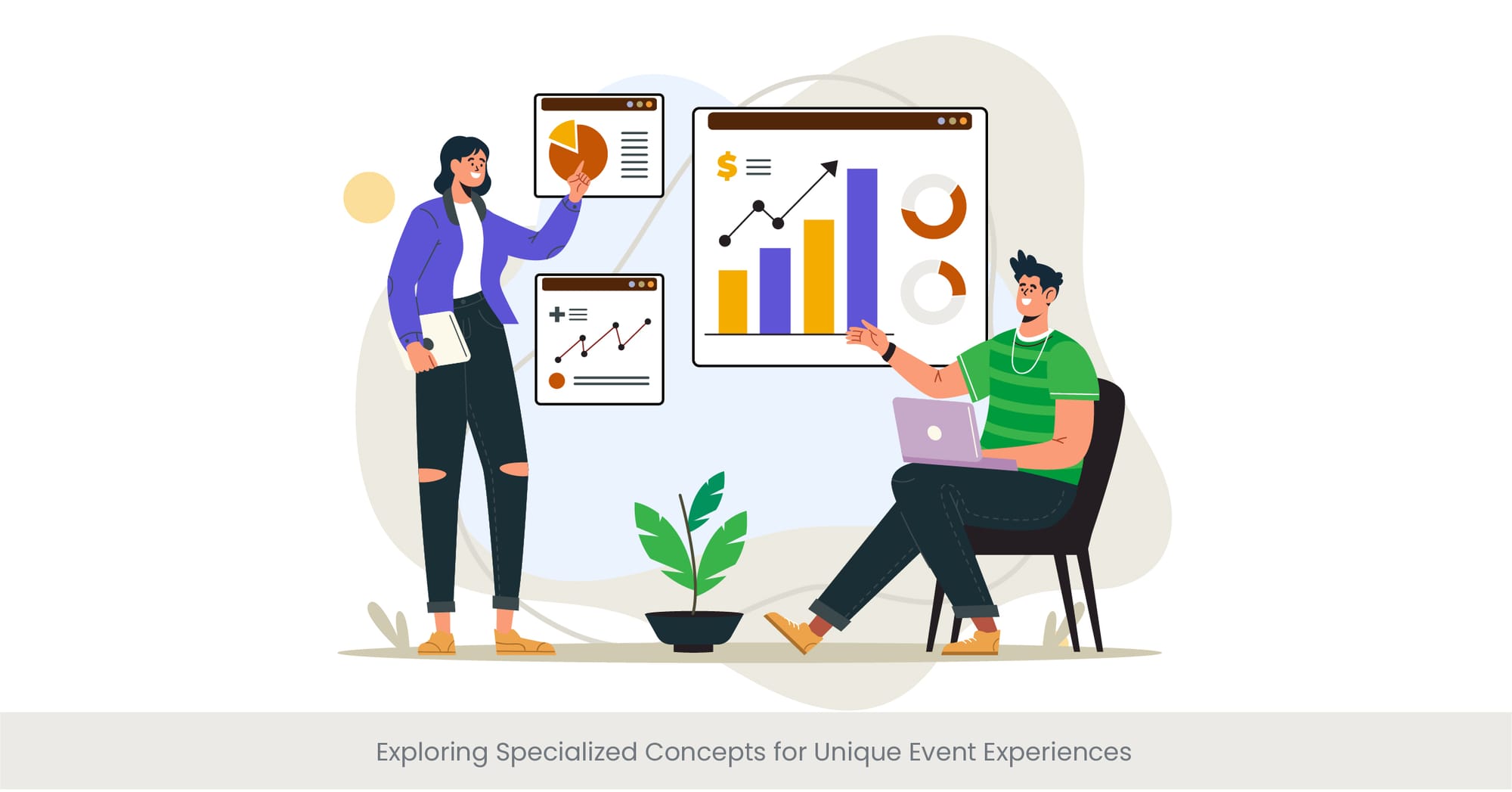

%20(1).jpg)
%20(1).jpg)
